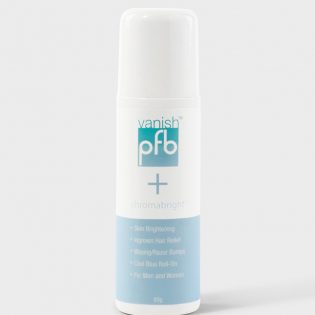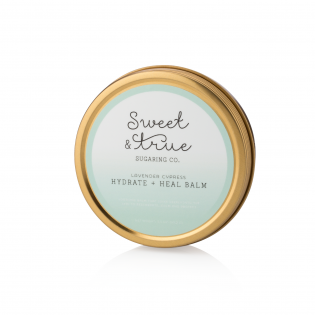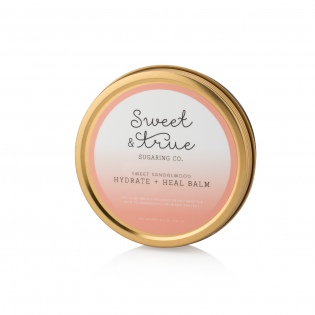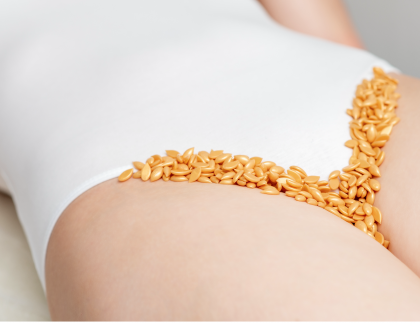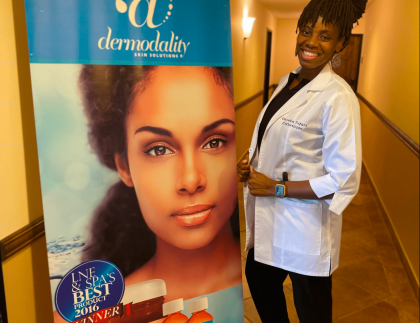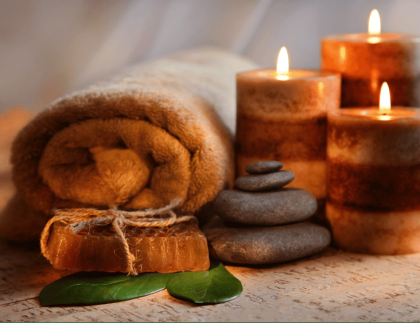
Ingrown hairs happen to everyone, but there are ways to help prevent their occurrence.
There's nothing to like a fresh wax to put you in the best spirits, especially when you visit a professional wellness spa like Onyeka Tefari. However, as satisfying and self-rewarding as getting fresh smooth skin is, discovering itchy and annoying ingrown hair is a sure-fire way to put a damper on your good mood. Ingrown hairs happen to everyone, but there are ways to reduce their occurrence.
Ingrown Hairs Explained
An ingrown hair is a hair that was previously removed or trimmed that has started to grow back, but has curved back into the skin. Hair removed via shaving, waxing, and tweezing can all result in ingrown hairs. These ingrown hairs can cause small painful bumps to appear. This condition mostly affect those with curly hair who shave, but it is possible to experience ingrown hairs under other circumstances such as waxing or tweezing.
The shape of your follicle determines how curly or straight your hair will grow. A curved hair follicle, which produces tightly curled hair. When the hair is attempting to break through the skin, but is unable to, this is when the formation of an ingrown hair starts.
Signs you may be experiencing an ingrown hair
Some symptoms you may experience when an ingrown hair is forming or has formed include:
- Tiny, swollen bumps where you shave, tweeze or wax
- Small bumps that look like blisters or are filled with pus
- Small bumps that are darker than the surrounding skin (hyperpigmentation)
- Burning or stinging
- Itching
- Hair in the shape of a loop because the tip of the hair curves and grows into the skin
In addition to the symptoms above, there is the potential for the ingrown hair to infected. This usually happens when bacteria is introduced if one has been scratching the area. Additionally, one may experience patches of skin that are darker than usual (postinflammatory hyperpigmentation), raised scars that are darker than surrounding skin (keloids), pseudofolliculitis barbae, also known as razor bumps, and fine depressed scars (grooves).
Let's talk about prevention
While ingrown hairs are a real pain, there are some things you can do to help prevent experiencing ingrown hairs. Top on the list for prevention is choosing a method of hair removal that reduces the chances of having ingrown hairs. Waxing would be our top suggestion for someone who currently shaves their hairs. While ingrown hairs can still occur from waxing, this method of hair removal typically removes the hair in its entirety from the follicle. Hairs typically grow back finer and more sparse. When ingrown hairs are a result of waxing, it usually means that the hair may have been broken in the process. This can happen for any number of reasons ranging from the client being dehydrated to the technique used during waxing.
Exfoliation
Exfoliation is next in line for how to prevent ingrown hairs. Regularly exfoliating the areas you get waxed will strip away dead skin cells and prevent clogged pores and ingrown hair. At Onyeka Tefari, we encourage you to exfoliate the area that you will be getting waxed at least two (2) days prior to your appointment, and three (3) days after your appointment. Between appointments, be sure to keep up with your exfoliation several times a week.
Hydrate & Moisturize
Dry skin will cause the hair to break at the surface level resulting the hair not being removed from the follicle. Consequently, the hair will regrow and easily break and curl under the skin causing ingrown hair. Keep your skin nourished, and hydrated frequently to prevent the hair from breaking at the surface level during your body waxing. In addition to staying hydrated, ensure that you are moisturizing your skin as well. Using a proper moisturizer is recommended for daily use to loosen dead skin that can create ingrown hair.
Clothing
Your clothing may be causing your ingrown hair problem. Clothing that is too tight, can cause your hair to grow back into the skin instead of outward thus resulting in ingrown hairs. After your waxing session, wear breathable, loose-fitting clothing to help your skin breathe. Giving your newly waxed area the opportunity to breathe will help the hairs grow back properly
Seek out a Licensed Professional
While there are many items available for consumers to purchase over the counter to attempt DIY waxing, it is best to leave waxing to a licensed professional. At Onyeka Tefari, we provide you with personalized care and recommendations during your hair removal services. There's also the chance you may cause the hair to damage and break instead of being pulled out and this can seriously cause skin irritation, ingrown hairs, and even infections.
Dealing with Ingrown Hairs
If you are already dealing with ingrown hairs, there are some things you can do to help get rid of them. If you are dealing with ingrown hairs, a licensed professional can help you to address your concerns. At Onyeka Tefari, we provide extraction services that will help to bring the ingrown hair to the surface for extraction. We also sell products that are great for your post care at-home routine.
Microdermabrasion
microdermabrasion will exfoliate the dead skin build up that might be present around the hair follicle. That rough, bumpy feeling is buffed away leaving soft smooth skin and reduce the occurrence of ingrown hairs. At Onyeka Tefari, we provide microdermabrasion services in addition to extraction services.
PFB
If you do experience ingrown hairs, try PFB Vanish or PFB Chromabright as these products are great for treating ingrown hairs. PFB Vanish was formulated for ingrown hairs, razor burn and bumps resulting from shaving, waxing, tweezing, electrolysis and laser hair removal. PFB Chromabright contains the same ingredients as PFB Vanish, and it includes additional ingredients to help lighten dark spots
Hydrating healing balm
As mentioned earlier, it is important to keep the skin moisturized to help to loosen dead skin cells, and prevent ingrown hairs. The Hydrate & Heal Balm (Lavender or Sweet Sandalwood) soothing balm sinks deeply into the skin to regenerate, calm and protect long after application. The unique formula, composed of 16 botanical actives and Ugandan shea butter, is gentle and effective on sensitive skin, especially after sugaring or waxing.
Dry Brushing
The practice of dry brushing helps sweep away dead skin cells, stimulate circulation, eliminate toxins, reduce ingrown hairs and the appearance of cellulite and leaves the skin glowing. Proper dry brushing techniques start in small circles at the feet and work up to the neck and are followed by a shower or bath to wash away impurities released by the process.
Schedule a consultation
We hope that this article has helped to shed some light on the topic of ingrown hairs. Schedule a consultation at Onyeka Tefari, and we will be able to help you develop a plan to address your hair removal needs.
Related Products
Related Services

Sugar & Hard Wax
Full Brazilian
This service removes hair from the front to back including the happy trail using hard wax. Sugar Waxing is available for this area upon request.
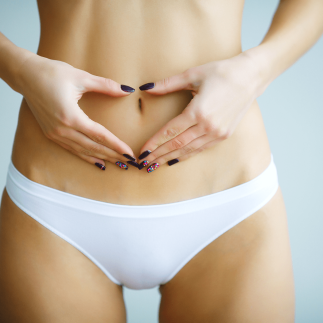
Sugar & Hard Wax
Chest & Tummy
This service will remove hair from the collar bone and go down to the hips using sugar wax.
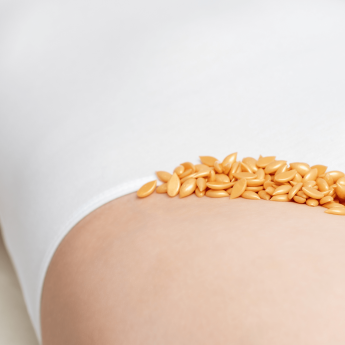
Sugar & Hard Wax
Bikini
This service will remove hair on your bikini line. This waxing service only goes to the panty line using hard wax. Sugar waxing is available upon request.

